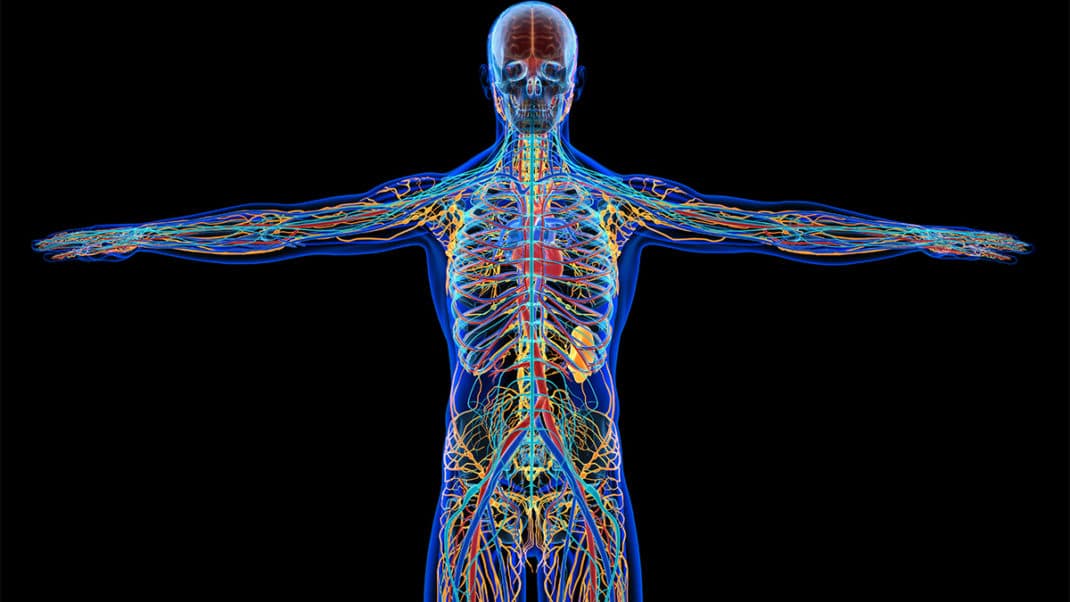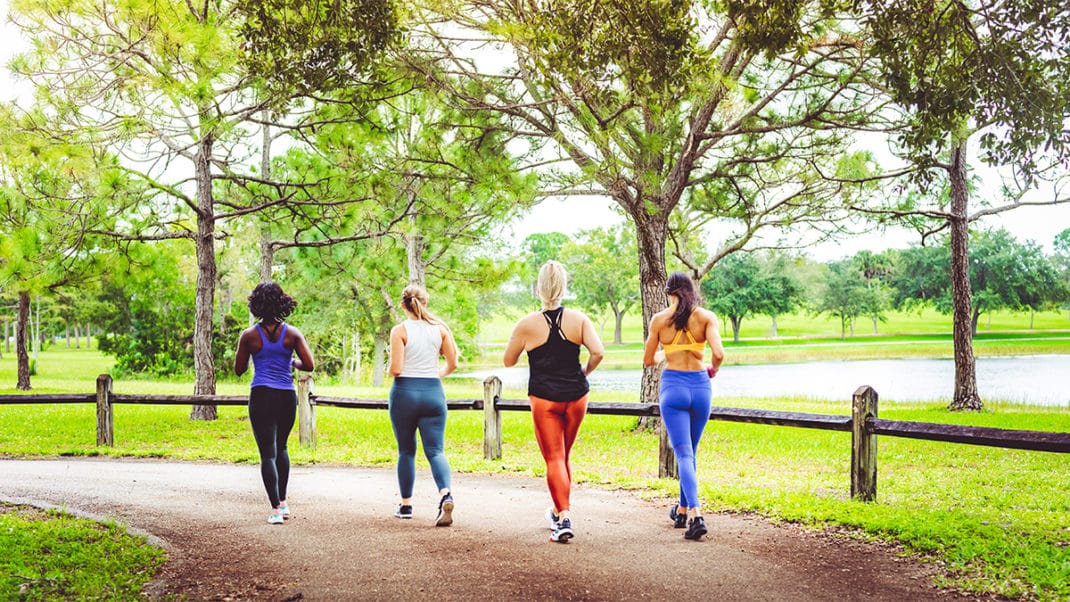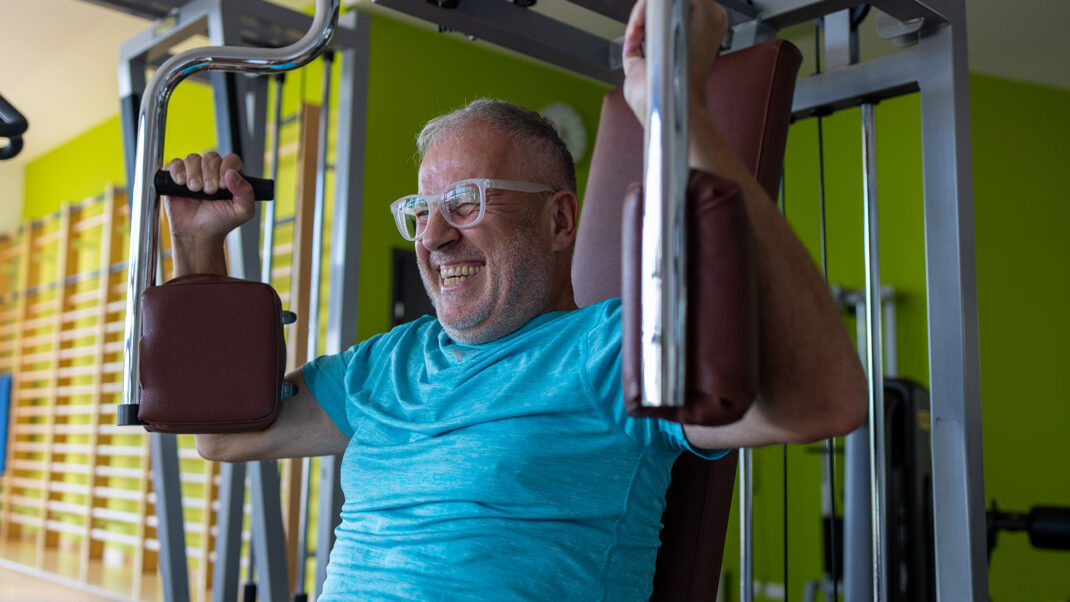Neuromuscular Warm-Ups Reduce Knee Injuries
According to a study published in the Archives of Pediatrics & Adolescent Medicine (2011; 165 [11], 1033–40), sports participation among high-school girls has increased 900% since 1972. Alongside increased participation, however, come higher numbers of injuries, with soccer and basketball the most offending sports. To combat injuries, more fitness professionals and coaches are integrating solid warm-up plans prior to practice or competition. A recent study determined that participating in a coach-led neuromuscular warm-up can help female teenage soccer and basketball players avoid lower-extremity injury.
The study separated 90 coaches and 1,492 high school–age female athletes into a neuromuscular warm-up group and a control group. The coaches were led through a 2-hour session in which they learned how to teach a 20-minute neuromuscular workout to be performed prior to practice. They also learned an abbreviated, precompetition version. The warm-up consisted of progressive strengthening, plyometrics, balance and agility exercises. The control coaches made no changes to their current warm-up protocol. The intervention lasted the duration of the 2006–2007 season.
At the end of the study, there were 50 lower-extremity injuries among the intervention group—and 96 such injuries in the control group. “Compared with control athletes, intervention athletes had a 65% reduction in gradual-onset injuries, a 56% reduction in acute noncontact injuries, and a 66% reduction in noncontact ankle sprains,” the researchers noted. Their conclusion: This study supports the use of a directed neuromuscular warm-up to reduce noncontact lower-extremity injuries among female high-school soccer and basketball athletes.
Ryan Halvorson
Ryan Halvorson is an award-winning writer and editor, and IDEA's director of event programming.






